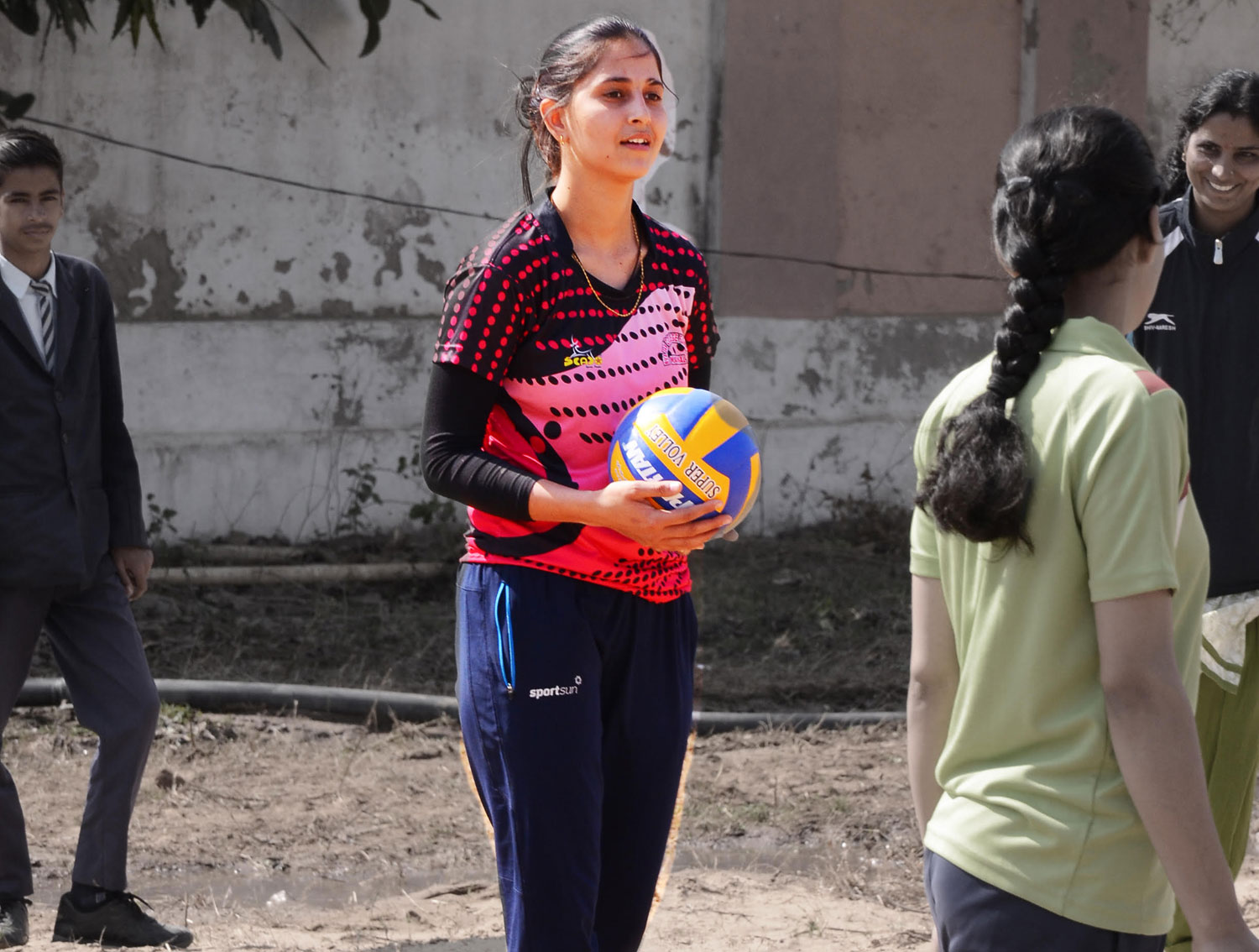Centre for Social Research is undertaking a project that is focused on empowering girls through sports. Focused on five districts of Haryana that are the most sex-skewed, that is have the worst gender ratios, the project aims to make communities in these districts understand how sports can be empowering for young girls. CSR is one of the many NGOs in India that has taken the mantle of using sports to further the development and advancement of girls in the country. How exactly do sports like football or cricket empower girls in our country, and around the world?
Over the years, a lot of journalists and media houses have covered stories of girls around the world who have used sports to move out of poverty, to gain access to healthcare and education, to advance their careers and achieve independence. In the simplest way, when girls get access to sports, via training and coaches, and they acquire a certain proficiency level in the sport they choose to play, it illuminates a pathway to education that didn’t exist before.This is through admissions into quality schools that provide scholarships to talented athletes, and to prestigious universities that have a provision for sports quotas.Educational attainment is one of the most important ways of breaking cycles of poverty, gender inequality, and creating a gateway towards financial independence.
When girls get access to sports, via training and coaches, and they acquire a certain proficiency level in the sport they choose to play, it illuminates a pathway to education that didn’t exist before.
In addition to increasing educational attainment, sports provide a medium for girls to pursue a non-traditional, alternative career, which can sometimes propel them towards international recognition as well. Many female sports persons in India, such as Geeta Phogat and Dutee Chand, have broken the glass ceiling for women in India through their respective sports and have become vocal advocates for promoting sports for girls.
But even today, how accessible are sports to girls? More importantly, how wide is the gender gap in sports? The FIFA Women’s World Cup has been making headlines around the world, but perhaps not for the right reasons. Eclipsed by the Indian men’s cricket team’s success in the ongoing ICC Cricket World Cup, many in India don’t even know that the women’s football world cup is underway. And these are the same Indians who flock to Kolkata’s football clubs every day to play the ‘beautiful game’ and to the Salt Lake Stadium by the thousands to watch Diego Maradona and Lionel Messi.
Eclipsed by the Indian men’s cricket team’s success in the ongoing ICC Cricket World Cup, many in India don’t even know that the women’s football world cup is underway.
The beautiful game, in fact, is quite ugly. Furor has surrounded the 2019 FIFA Women’s World Cup because of the gross and utter inequality of the FIFA Federation towards the two genders. To begin with, there exists a $370 million gender gap between the total prize money offered at this year’s Women’s World Cup and last year’s Men’s World Cup.
Below is the infographic provided by Forbes, which not only shows the disparity between the total prize money, but also between the prize money provided to the winner of the world cup. FIFA claims that this egregious disparity comes from the difference in the revenue earned by the two World Cups. But critics don’t buy this claim. They say that FIFA’s revenue books are closed off to


the public and there is no way to validate the veracity of this claim. But even beyond that, why should the revenue pulled by the same organization for two different events be split according to which event pulled more? Why can’t FIFA pool the revenue and split it equally among the two genders?
FIFA, however, is not the only one to blame. Country-wise clubs and football associations are equal perpetrators in this inequality. According to a 2017 article published by Forbes, 1693 female footballers across the top leagues of seven countries receive the same amount of pay as Neymar’s


contract for Paris St-Germain for the 2017-2018 season. In a similar vein, UN Women recently tweeted that Lionel Messi’s annual income was almost twice as much as those 1693 women. Such a disparity is beyond simple inequality; it is disrespectful and dismissive of the effort, talent, and skill of female footballers in the world today.
1693 female footballers across the top leagues of seven countries receive the same amount of pay as Neymar’s contract for Paris St-Germain for the 2017-2018 season.


Beyond prize money and pay gaps, FIFA has been accused a number of times of not investing nearly enough money into promoting football for women around the world, and of not advertising female football enough. So what can be done to rectify this situation? For one, at the behest of PFA and FifPro, both football associations, FIFA has agreed to negotiate to reduce the gender gap post the Women’s World Cup.
At the behest of PFA and FifPro, both football associations, FIFA has agreed to negotiate to reduce the gender gap post the Women’s World Cup.
In addition, national football associations should introduce equal pay for men and women. The United States Women’s Soccer team is fighting a legal battle to ensure equal pay, as they argue that their pay is a violation of the Equal Pay Act. In Norway, the Football Association earlier this year struck an agreement to introduce gender parity among the male and female internationals. National change can help generate the momentum needed to push FIFA towards modifying its own policies.
Sports is perhaps one of the most unequal arenas for women. Given that it can benefit the future of girls everywhere tremendously, it is time that we fought and pushed organizations to become accountable and initiate a positive change towards gender parity for girls.
It is time that we fought and pushed organizations to become accountable and initiate a positive change towards gender parity for girls.





